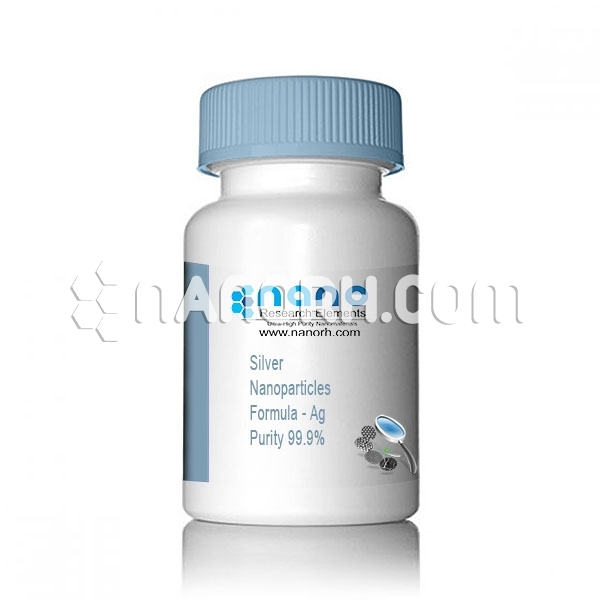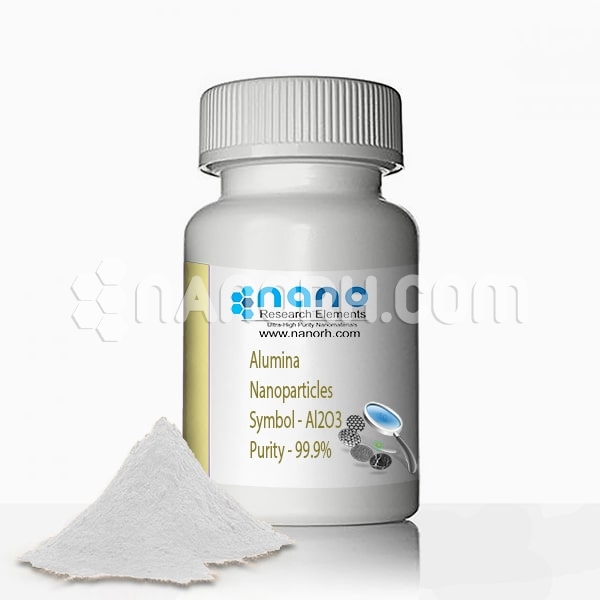| Yttrium Fluoride Nanoparticles | |
| Product No | NRE-5259 |
| CAS | 13709-49-4 |
| Purity | 99.9% |
| Formula | YF3 |
| APS | <100 nm (Can be Customized) |
| Color | White |
| Molecular Weight | 145.90g/mol |
| Density | 4.01g/cm3 |
| Melting Point | 1387 °C |
| Boiling Point | 2230 °C |
Yttrium Fluoride Nanoparticles
Yttrium fluoride nanoparticles is an inorganic compound made up of yttrium (Y) and fluoride (F) ions, forming a crystalline structure. In its nanoparticle form, yttrium fluoride exhibits distinct physical and chemical properties compared to its bulk counterpart, due to the small size and high surface area at the nanoscale. Yttrium fluoride nanoparticles (YF₃ NPs) are typically synthesized using methods such as hydrothermal synthesis, sol-gel processes, and precipitation techniques.
Yttrium, a rare-earth element, is known for its high stability, optical activity, and magnetic properties. When reduced to the nanoscale, yttrium fluoride nanoparticles exhibit enhanced properties, such as improved optical performance, increased reactivity, and greater interaction with light. These characteristics make YF₃ nanoparticles a valuable material in a wide range of technological and scientific applications.
Properties
Optical Properties: YF3 are transparent in the ultraviolet (UV) to infrared (IR) regions and exhibit luminescent properties, which make them suitable for optical applications.
Magnetic Properties: Due to the presence of yttrium ions, YF₃ nanoparticles can display unique magnetic behaviors, which are useful in various sensor and data storage applications.
High Surface Area: The large surface area of YF₃ nanoparticles enhances their reactivity, which can be exploited in catalysis and surface-based reactions.
Thermal Stability: have excellent thermal stability, which makes them suitable for high-temperature applications.
Chemical Inertness: YF₃ is chemically stable and non-reactive, which adds to its usefulness in harsh environments and applications requiring resistance to corrosion and chemical degradation.




